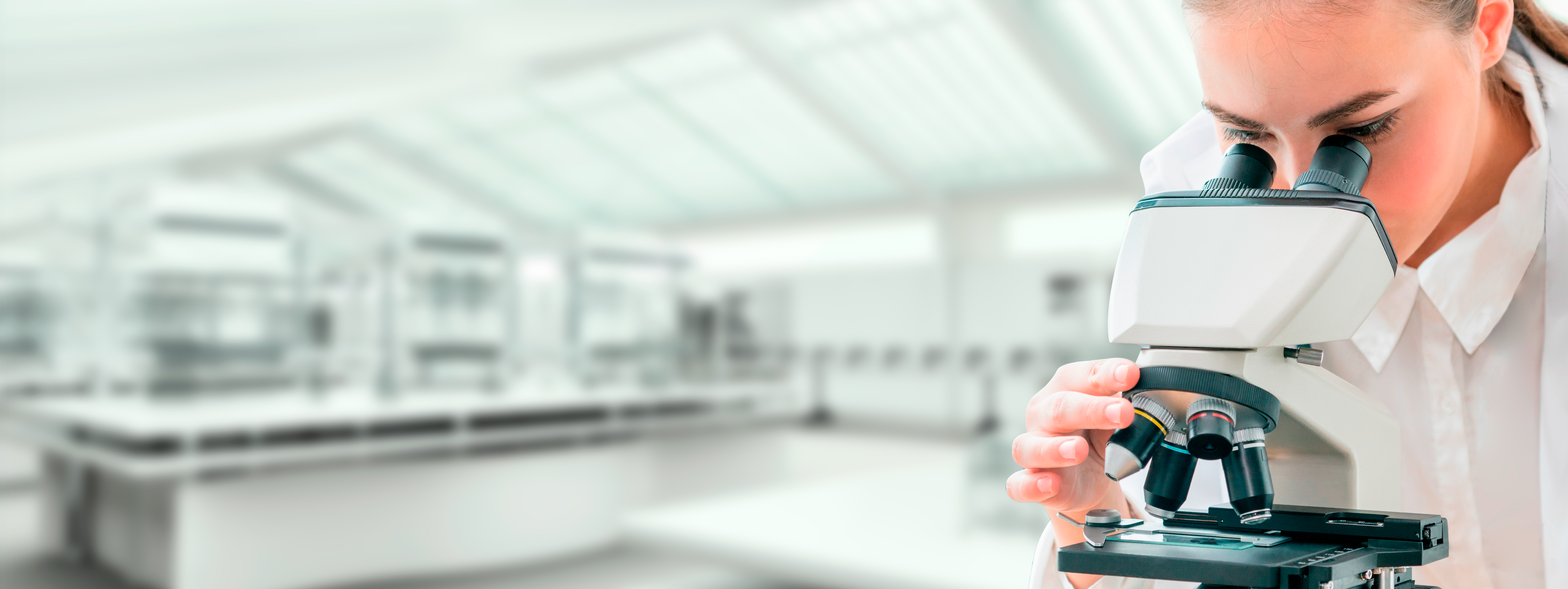Analysis
Biotechnology is rapidly transforming, from a research and development industry towards a manufacturing, sales, and marketing industry. Five fields with increasing development are: the use of Stem Cells, the production of DNA Chips and Proteins, clinical nanotechnology, tissue engineering, and the development of Proteomics.
Because it generally focuses on symptoms, pharmacological therapy is oriented towards the final links of the disease, so thus, it is more symptomatic than causal, and it is pathogenetically and therapeutically directed towards the consequences and not towards rectifying whether the failure is due to the mitochondrial, ribosomal or cyto-membranes functions being misdirected or genetically programmed causing cellular disorders.
Naturally, body tissues suffer wear and tear throughout life. They defend themselves by developing the intrinsic capacity to self-renew those structures that wear out. If this kind of self-renewal does not exist, the life expectancy of living beings would be considerably reduced. All living things are made up of cells, and all cells in the body have exactly the same genetic information.
However, they do not all behave the same. We know that the regulation of growth and cell division (cell cycle) is very complex. In the cell cycle, there are restriction points that prevent the normal continuation of the cycle for various reasons, such as: if the cells have not reached enough size, lack of nutrients, DNA damage or external chemical damage, etc. Normal development is a balanced process that includes cell proliferation and death. The processes of cell proliferation and death by apoptosis are even more complex and involve the participation of many genes. In both processes, the p53 suppressor gene is one of the most important and studied genes or proteins. This transcription factor activates a variety of genes, resulting in inhibition of cell cycle progression and repair or apoptosis.
The signals that activate p53 function include DNA damage which participates in the inhibition of cell cycle progression during the G1 phase. When a cell is damaged, it depends on the intensity of the damage as to whether the cycle is stopped or apoptosis is induced. The end result of the different mechanisms of action of p53 is to maintain the genomic stability of the cells. Therefore, the deficiency of this protein contributes to genomic instability, the accumulation of mutations, and the acceleration of tumorigenesis, p53 is mutated in 50-55 percent of all types of cancer in humans.
These mutations are located mainly in the DNA-binding domain, which results in the loss of their biological activity.
As you can see, the previous example is only a case that refers to cellular disorders that lead to diseases that are often incurable, but there are many factors that trigger disorders in the normal and healthy development of cells. We now know that these mutations are due to one or more deficiencies in the elemental function of the cell and/or deterioration in its own environment.
A large part of the wide range of diseases that affect humans are based on cell degeneration and the consequent death of the different tissues that make up our body, either acutely (heart attacks) or chronically (degeneration due to diseases and aging).
